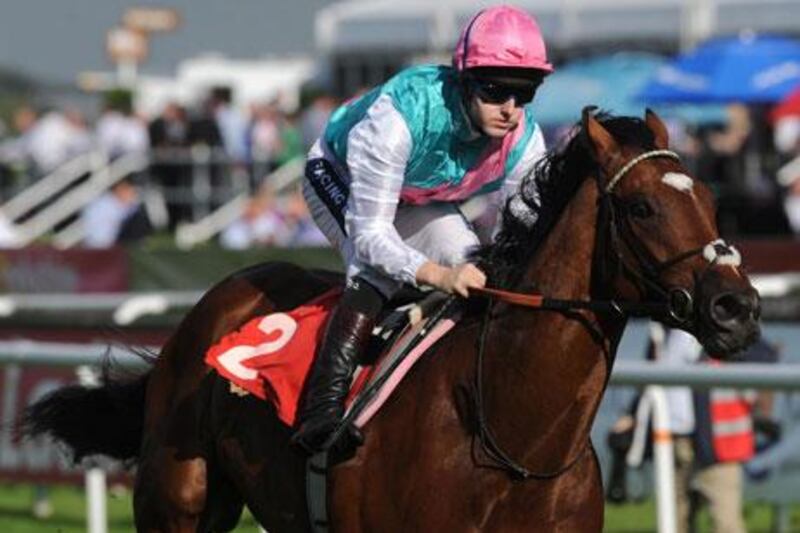BAGSHOT, England // Two goal-line technology systems will go into a final round of testing ahead of a vote in July that could see one of them used at the 2014 World Cup.
The International Football Association Board (IFAB), which decides the rules for the sport, on Saturday assessed the test results from eight systems that could be used to help rule on disputed goals, but only Hawk-Eye and GoalRef received "very positive" scores.
Alex Horne, the English Football Association general secretary, says the two remaining systems will now be "tested to destruction" before a final decision on whether one can be implemented during games.
"We are very comfortable the technology is proving itself," Horne said. Hawk-Eye is a camera-based system successfully deployed in tennis, while GoalRef uses a magnetic field with a special ball.
But even if one of the systems is approved in July in Kiev, it will be too late for referees to be given high-tech aids in time for the new season in August.
Sepp Blatter, the Fifa president, ended his long-standing opposition to the high-tech aids after England midfielder Frank Lampard's "ghost goal" against Germany at the 2010 World Cup, when his shot bounced down off the crossbar beyond the goal-line but was not counted.
The IFAB annual meeting also took a step toward clearing the way for female Muslim players to wear hijabs during games, five years after banning the headscarves because of safety reasons.
Prince Ali of Jordan, Fifa's vice president, gave a presentation to show how headscarves can be held in place by safe Velcro fasteners.





